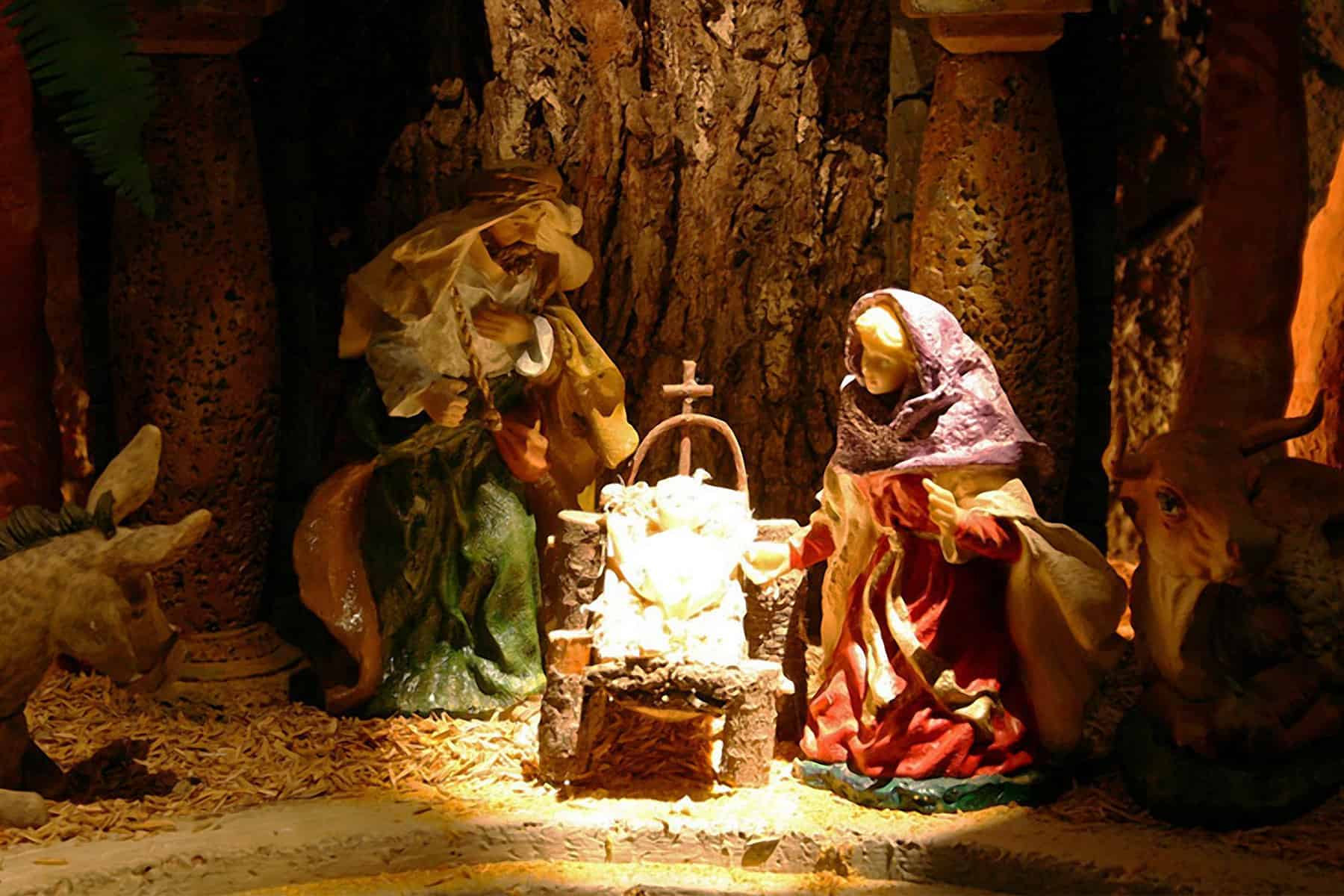Many houses are already adorned with twinkling lights, and stores are showcasing the latest toys, but to whom are kids addressing their wish lists? Santa Claus or El Niño (Baby Jesus)? And what is the difference between the two?
Father Carlos Hernández of the Los Angeles Church parish in Heredia explains that Santa Claus is based on Saint Nicholas, a bishop who lived in Turkey in the third century. Saint Nicholas’s holiness originated from his generosity to those in need and his love for children. “For Roman Catholics, El Niño personifies God’s people. The portal (nativity scene put up in homes and public places) was started by St. Francis of Assisi. Many of us have one to honor El Niño,” he said.
Carlos Sandoval, a specialist in cultural studies at the University of Costa Rica, observes that the figure of Santa Claus has increasingly overshadowed Baby Jesus due to commercialization. “Because El Niño was born in poverty whereas Santa is a symbol of abundance, Baby Jesus evokes a more family-oriented image that makes us think about God. El Niño is more traditional, more moderate with gifts,” Sandoval explains.
For many years, Costa Rican children have included their wish lists in their year-end prayers to El Niño. If children wonder whether El Niño brought the wooden car or the cloth doll, parents often explain that El Niño also provides them with the means to purchase these gifts.
Children and their parents still enjoy participating in posadas, a tradition that begins nine days before Christmas. “Originating in Spain, the posadas are popular throughout Latin America as part of the pre-Christmas process, which starts with Advent,” says Father Carlos.
During posadas, children dress as shepherds, and a couple represents the Virgin Mary and Saint Joseph. Together with family and friends, they visit homes singing Christmas carols along the way. Once they arrive at a selected house, they sing a song requesting lodging. Inside, another group responds with songs, initially rejecting them but later granting them “stay.” Afterward, someone narrates the Christmas story, and the group shares typical goodies.
Currently, Costa Rican Christmas traditions are a blend of cultures. While many children pray to El Niño for gifts, they often include Santa Claus in their wish lists too. Stockings stuffed with small treats are becoming part of the Christmas cheer, even though most homes in Costa Rica lack chimneys.
For those looking to meet Santa Claus, he will be available for photos and requests at various stores and malls in the Central Valley. Universal Bookstore’s Santa Claus and his elves will pose with children at the following times: Avenida Central, Saturdays from 3-5 p.m.; south Sabana Park, Sundays from 2-4 p.m.; and Multiplaza, Sundays from 6-8 p.m. Children are invited to leave their wish lists with the cashiers.
This holiday season, whether it’s Santa Claus or El Niño, the spirit of giving and tradition remains at the heart of Costa Rica’s celebrations.






